One of the most common conversations I have, stems from the question, “When do you need to start thinking about Quality or Regulatory support?” The majority of the cases, this conversation happens too late in the design and development process, this causes major headaches for manufacturers who have to quickly backfill their regulatory or quality processes to catch up with product design and development.
Whilst I agree that having a permanent QA/RA presence within an SME, especially at the early stages of growth and a costly move, there are significant advantages to having a strong regulatory understanding as early as possible:
- Gain an understanding of your device classification based on intended purpose
- Explore bast practises by utilisation and application of international standards
- Build forward facing technical and documents and performance data suitable for market submission
- Early consideration to risk assessment, mitigation and risk benefit
- Establishing strong mechanisms for design and development, and supplier management
So what do you need when? Here is are some considerations at each stages

Concept Stage
As early as possible, build your quality plan and regulatory strategy documents. These can help you define which direction you are heading, and what you need to achieve to get your devices on market. A good understanding of the applicable regulations are key here, and don’t forget international standards too.
Have a look at similar devices on the market and get an idea on the Intended Purpose of your device: how are you intended your device to be used, in what environment and by who? Once you know your intended purpose, you can then get a sense of what possible risks are associated with using the device, or when there is a wrong result. This will help you define the control mechanisms for designing your device.
Design & Development
So you have an idea, now it is all a question of design and development to make your ideas a reality. The medical device industry utilises a series of quality processes to ensure that you design or device as safely, and effectively as possible – within a Quality Management System. This is defined within the international standard ISO13485, or ISO15189 if you are in a medical laboratory environment.
Establishing robust controls takes time, but the benefits are enormous, especially later in the process when the device needs to meet the regulatory requirements, which includes having a quality management system. While you can obtain templates and electronic systems, Quality Management Systems are not one-size fit all, to be truly effective (and not overly burdensome) it is well worth investing time to really consider how you can embed the right controls for your device and organisation.
Manufacture
The manufacturing stage should be building on all the great work that you have put in during the previous stages. Validation and verification against your plans and risk assessments is key here. A strong QMS will help you standardise your process using a risk-based approach. During this stage, you should be compiling the technical, quality and performance documentation that you have been collecting, ready for submission.
Effective supplier control, change control and non-conformance reporting is critical in this stage, all this should feed your Quality Management System, where the data provided should make your design and manufacturing processes stronger.
The extent and nature of the documents and processes you need will depend on your organisation and device.
On Market
You are ready to release your device on market, the finish line is just up ahead. If you have considered the quality and regulatory requirements throughout the journey, then you should be in good shape. But don’t underestimate the investment of time and money needed to place devices on market. Submissions can take up to 24 months depending on market and conformity routes.
Once you finally get market approval, the fun doesn’t stop there, continuous quality and regulatory surveillance is required to ensure that your device is safe, effective and continued to meet the state of the art.
So hopefully the above gives you some ideas as to when businesses need to think about quality and regulatory. At IVDeology, we work with manufacturers of all sizes, from the very beginnings to the post market phase. Our mission is to help them at each stage of their journey to try to help understanding in a positive way, the complexities and nuances of IVD regulation. If you want to know more, book a call with Casey.
